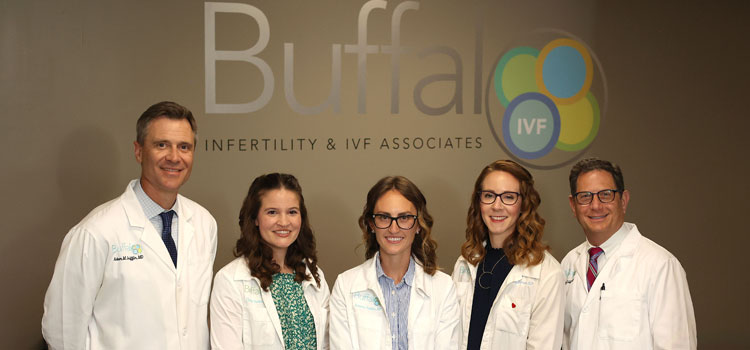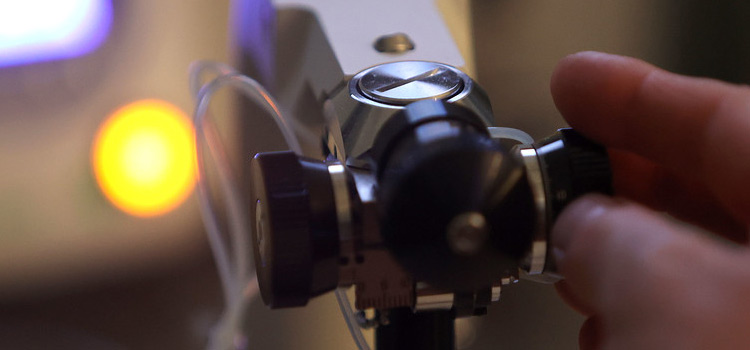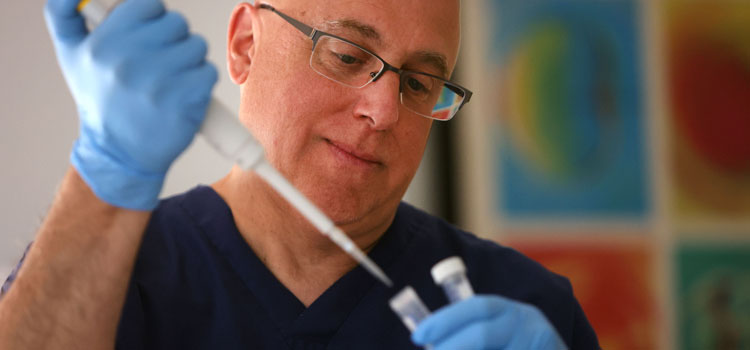Infertility Treatment
Reproductive And Robotic Surgery
What is a Reproductive Surgeon?
For women with the goal of building a family, choosing a surgeon whose primary focus is to restore or maintain a woman’s ability to become pregnant is of utmost importance.
A reproductive surgeon is a fellowship-trained, board certified reproductive endocrinologist who specializes in minimally invasive surgery. A reproductive surgeon operates by two simple principles:
- Every surgical procedure is planned with the current and foreseeable reproductive needs of each patient in mind
- Any surgical procedures that are not absolutely essential to enhance a patient’s fertility are carefully avoided
Working with a knowledgeable reproductive surgeon who is able to adhere to these principles through a detailed understanding of the reproductive system, and the appropriate application of specialized techniques, can be a vital part achieving your goals.
What is Minimally Invasive Surgery?
The primary goal of any procedure should be to provide the best possible surgical result using the least invasive approach. Minimally invasive surgery refers to the use of miniature cameras, specialized instruments, equipment and techniques to optimize surgical outcomes through very small, or no, incisions.
Laparoscopy uses a small, fiber-optic camera (laparoscope) inserted through a small incision, typically in the belly button. If necessary, additional instruments can be placed in the lower abdomen to complete the surgery. Uterine fibroids, endometriosis, scar tissue formation (adhesions), ovarian cysts, or damaged fallopian tubes (from scar tissue or prior tubal ligation), can often be repaired with laparoscopy.
Hysteroscopy uses a similar camera (hysteroscope) inserted through the cervix to view the inside of the uterus. Instruments can be passed alongside the camera without the need for any incisions. Several conditions that occur inside the uterus, such as myomas (also known as fibroids), polyps, scar tissue, and developmental abnormalities, can be corrected with hysteroscopy.
Advantages of Minimally Invasive Surgery
Unlike conventional (open) surgeries, which require large incisions and retraction to accommodate human hands, a minimally invasive approach achieves the same, or improved, outcomes with less trauma and stress to the body.
There are several advantages to the patient:
- For the patient, this means less pain, fewer complications, less blood loss, smaller surgical scars, and a faster recovery
- Fewer scars on the outside. An obvious benefit of minimally invasive surgery is a better cosmetic result; incisions and scars are much smaller and better concealed than in traditional "open" surgery.
- Fewer scars on the inside. In general, all surgery can cause adhesions, or scar tissue, on the organs and tissue inside the body. However, laparoscopy has been shown to result in fewer adhesions that open surgery.
- Less pain, less medication. Minimally invasive surgery is less painful than open surgery. This translates to the use of less pain medication and helps hasten recovery time.
- Quicker recovery. . In most cases patients leave the hospital on the day of their surgery and quickly return to normal activities without restrictions. Open surgery typically requires a 2 to 5 day hospital stay followed by a prolonged recovery as the incision heals.
- Less blood loss and fewer complications. Laparoscopic surgery uses greater precision and results in less blood loss, lower rates of infection and other surgical complications.
- Despite these clear advantages, most major reproductive and gynecologic surgical procedures performed in the United States are still using traditional open surgery techniques. Our reproductive surgeons are experienced, nationally recognized leaders in minimally invasive and robotic surgery.
Disadvantages of Minimally Invasive Surgery
It’s not for everyone. Our primary goal is to provide the best possible results based on a patient’s individual circumstances. There may be reasons to choose an open, rather than minimally invasive, approach in order to optimize outcomes.
Special training and equipment. Surgeons need special training and lots of practice before they can perform minimally invasive surgery; therefore, not all doctors are qualified to perform advanced laparoscopy. Physicians at Infertility and IVF Associates have advanced training in all forms of minimally invasive surgery.
What is Robotic Surgery?
Robotic surgery is a specialized form of minimally invasive surgery that is rapidly evolving. This state-of-the-art technology has the ability to broaden the scope of minimally invasive surgery by offering a means to perform larger and more complex surgeries that, until now, could only be approached through open incisions. For fertility purposes, this includes the removal of large fibroids (myomectomy), removal of ovarian cysts (cystectomy), repair of damaged or cut Fallopian tubes (tuboplasty, fimbrioplasty, tubal ligation reversal), and removal of endometriosis.
The robot does not make decisions or perform any part of the surgery on its own. It rather serves as an instrument which allows the surgeon to reproduce movements and techniques that would normally be performed during open surgery, allowing for the same favorable results through small incisions. This is particularly important with reproductive surgeries that require reconstruction of a woman’s uterus, such as after the removal of large uterine fibroids. In these circumstances, the repair must be precise and strong in order to restore fertility and carry a pregnancy to term.
Robotic surgery uses three to five small incisions (each about one-quarter inch in length) in the lower abdomen. A fiber-optic, 3-D camera, and two to three robotic instruments are then passed through these incisions. The surgeon sits at a console to manipulate the robot arms and direct the camera with hand and foot-controls, while looking at the operative field through an immersive, high definition, 3-D view. The ends of the robotic arms, unlike conventional laparoscopic instruments, allow for articulation like miniature wrists, allowing very fine and coordinated movements that mimic the surgeon’s hands, while providing enhanced dexterity by removing tremor. These capabilities allow robot-assisted surgery to achieve the same results as open surgery while maintaining all the benefits of a minimally invasive approach.












